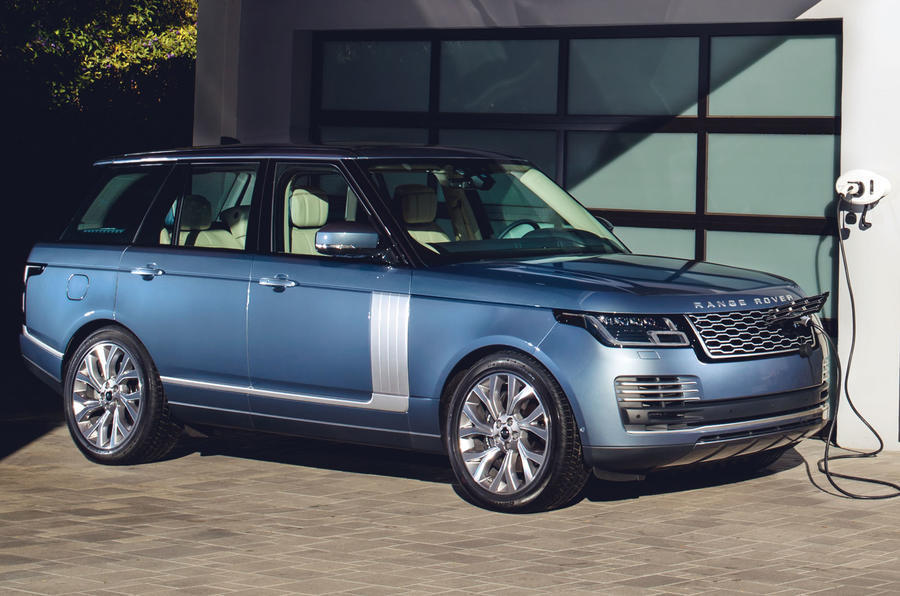 Sales of plug-in hybrids are soaring, but environmentalists have labelled their claimed emissions outputs a con.
Sales of plug-in hybrids are soaring, but environmentalists have labelled their claimed emissions outputs a con.
The first whiff of gunpowder has been smelt in the stand-off between car makers and environmental campaigners as plug-in hybrids (PHEVs) start to make a serious impact on the sales charts.
PHEVs are essential for reducing manufacturers’ fleet- average CO2 emissions under tough new European Union laws, thanks to their incredibly impressive official fuel economy figures. But environmental groups are questioning more than ever whether they achieve anything like those figures in reality.
In a recent report that collated real-world figures from various studies, pressure group Transport and Environment described plug-in hybrids as a “con” and “fake electric cars”. It found their real average CO2 output was closer to 117g/km, against a quoted average of 44g/km. “PHEV emissions are much more comparable to those of conventional cars than [those of] electric cars,” it said.
The International Council on Clean Transportation (ICCT) reached a similar conclusion with research firm Fraunhofer, which crunched a wider range of real-world fuel economy figures available globally. Those figures showed that PHEV economy was between two and four times worse than claimed. Far fewer electric-only kilometres are driven than assumed in official tests, the report said. PHEV sales in Europe are largely incentive-driven.
“PHEVs are becoming get-out-of-jail-free cards for manufacturers selling heavy, high-CO2-emitting vehicles,” said Berlin-based car market analyst Matthias Schmidt.
Manufacturers are worried, however, that tales of business drivers giving back PHEVs with unused charging cables are obscuring their true purpose.
Solutions are coming, such as greater electric range. “The first-generation PHEVs were a little bit short on range, but now we’re introducing a whole raft with a range of around 100km, so driving to work Monday to Friday can be emissions-free,” said Daimler CEO Ola Källenius recently. The new Mercedes- Benz GLE 350de has a battery pack of 31.2kWh in capacity, compared with just 13.1kWh for the older Range Rover P400e.
The weak link, though, is the driver. Incentives sell the car, but if they’re all front-loaded, customers might not bother to plug in, argues the ICCT. It suggests angling incentives toward PHEVs with more power in the electric motor than the engine, meaning they perform worse when not fully charged. The ICCT wondered why Americans, not usually the most eco-minded, drive more electric-only kilometres in their PHEVs than the Europeans and Chinese. Until it realised a shortage of models gave disproportionate weight to the BMW i3 Range Extender, really an electric car with an engine that serves as a generator.
The problem with both studies was that they were heavily reliant on data from company car drivers, argues the European Automobile Manufacturers’ Association. Much of the data came from fuel cards, and if you’re given free fuel, you’re unlikely to top up using electricity you pay for.
Proper figures will come out next year, when new cars must be able to automatically report their true economy so the EU can assess real data against the laboratory test figures.
“This will give a true picture of the situation regarding the use and emissions of PHEVs,” a spokeswoman said.
The PHEV launch timetable is packed right now. Jaguar Land Rover will go from having two at the start of this year to seven by the end; Mercedes will have 20 by 2021, rising to 25 by 2025; and the list goes on.
Nick Gibbs




 Sales of plug-in hybrids are soaring, but environmentalists have labelled their claimed emissions outputs a con.
Sales of plug-in hybrids are soaring, but environmentalists have labelled their claimed emissions outputs a con.